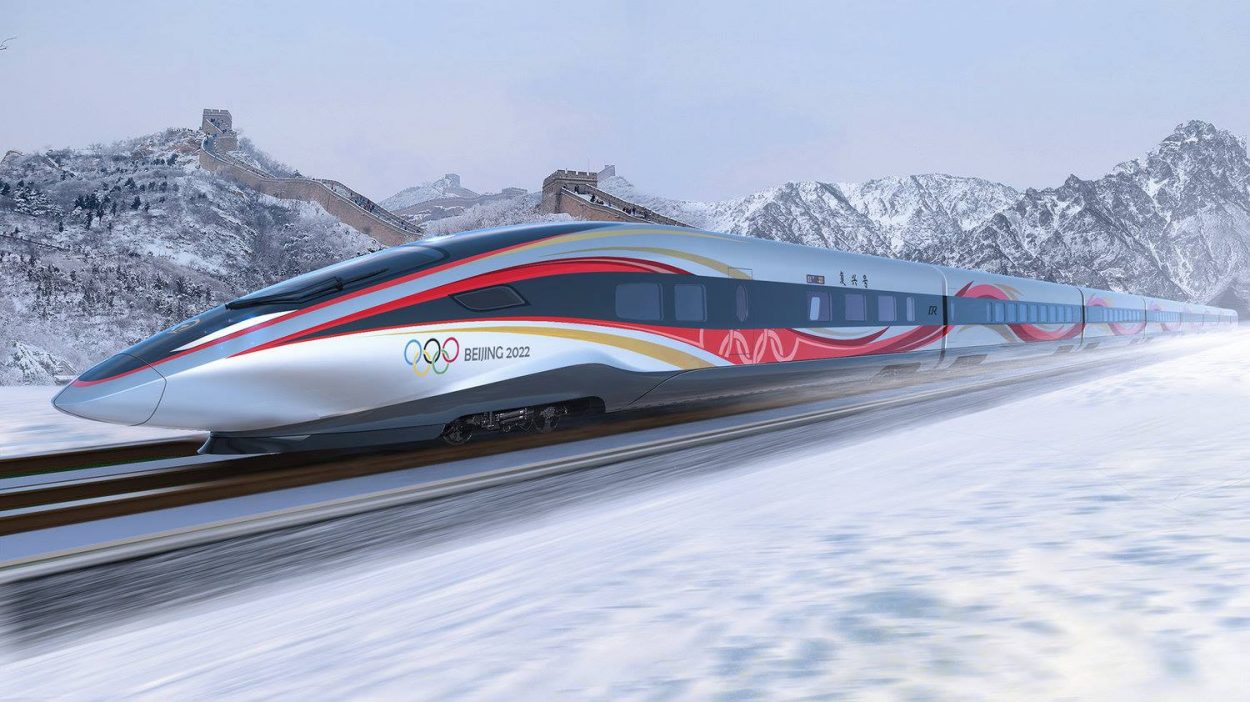While a nationwide HSR network doesn’t suite American needs, Better commuter rail and upgrades to subways (signals upgrades, better track maintenance, long passing tracks to allow passenger trains or even smaller freight trains to bypass longer freight trains, more electrification for environmental reasons) should be done to cut down on travel times in cities and between where many live (suburbs of different socioeconomic levels depending on people’s income) and jobs in cities or around cities.
That is why Amtrak’s 2035 Vision is the best we can hope for over the next 10-15 years.
Rail workers also need paid sick leave to allow people to live like other workers. It’s dangerous back breaking work. Labor costs are related HR expenses make up a large portion of expenses.
While over-regulations should be prevented to limit high freight costs passed on by freight companies, companies should be required to upkeep their rails, freight cars, and signals, so national logistics are run efficiently and passenger trains can be run as per the 1979 agreement to prioritize passenger trains over freight rail.
We don’t need high speed at high ticket prices, just high average speeds (100-125 mph) at the cheapest price possible.
If the laws were enforced on freight operators to prioritize passenger service, there could even be competition on passenger service between private operators.
Brightline is a model of rail service that suites American needs (and is probably the right level of service for Pakistan; even the new trains being imported from China are of the 160 kmph variety, similar to service on brightline, which I have personally tried and found to be an even better overall experience then Amtrak’s Acela high speed train as well as the Amtrak’s Business class on its regular trains on the Northeast corridor, it’s of which I traveled upon in 2019)
Also, Brightline is a private for profit business, that runs train on the Florida East Coast Freight railways tracks. A business model for the rest of the US, IMHO, As well as one Pakistan should consider.
Part of the private business model is giving rail companies land adjacent to tracks upon which to built apartments, offices, hotels, restaurants, etc. from which to earn rental income or land leasing revenue from private operators to fund railway operations. This is the successful business model of Japan railway. They also re-structured in the pst 30 years to find a way to get rid of their long term liabilities.













